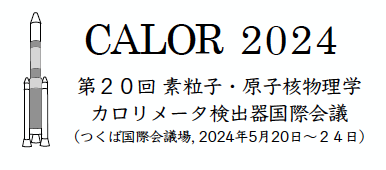Speaker
Description
The Hadron Calorimeter (HCAL) of the CMS experiment comprises two different technologies. The barrel and endcap regions of the HCAL are composed of layers of brass absorber plates interleaved with plastic scintillator tiles, and the barrel is augmented by an additional layer of scintillators beyond the CMS magnet. These subdetectors are read out by silicon photomultipliers (SiPMs) present on the detector. The HCAL also comprises a Cherenkov detector in the forward region made of steel absorber with quartz fibres read out by photomultiplier tubes (PMTs).
The irradiation of the HCAL subdetectors results in decreased signal output from the active materials as well as increased noise in the SiPMs and PMTs. The HCAL has a dedicated calibration system used to monitor and correct for these effects and to help synchronise the timing of the subdetectors.
This talk will describe the HCAL calibration system, in particular detailing the upgrades to the laser system which has undergone significant changes since the end of Run 2 of the LHC in 2018. A new solid state laser has been installed and commissioned, also allowing for a simplification of the optical setup for light distribution. An upgrade to the laser trigger board has reduced the laser trigger jitter by an order of magnitude. A new system has also been developed to fire the laser, based on existing HCAL electronics. The talk concludes with a discussion of further possible improvements, including ongoing work on extending the system to include real-time remote monitoring capabilities.
